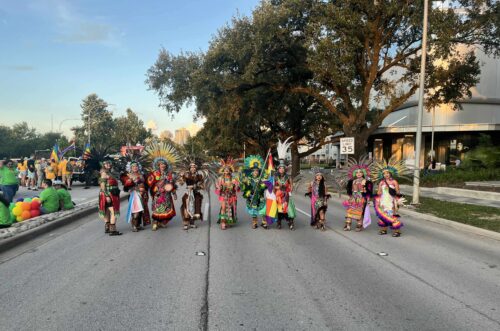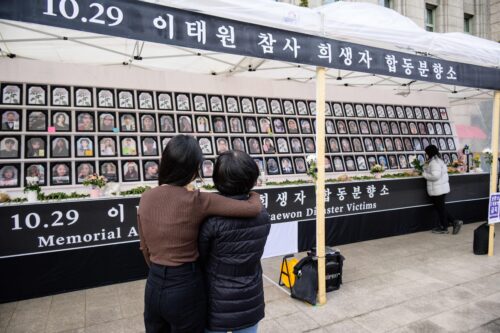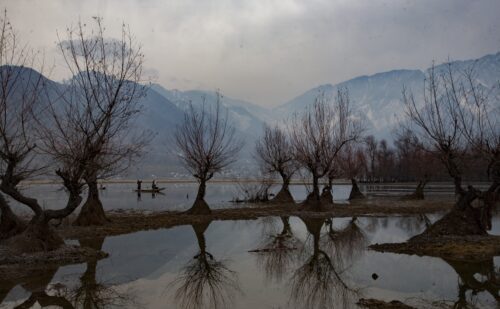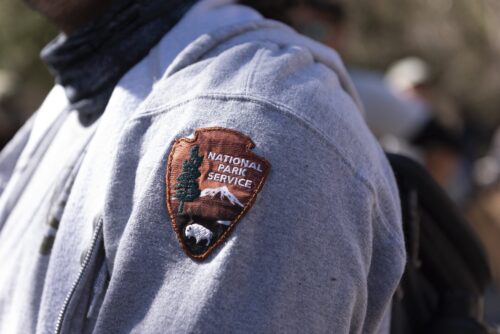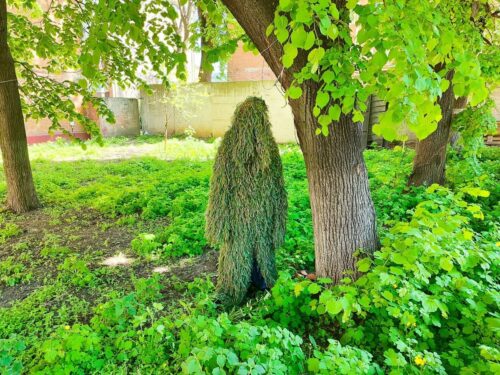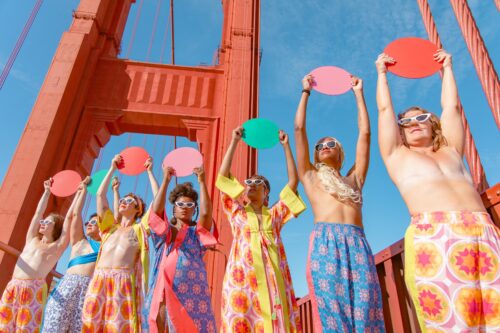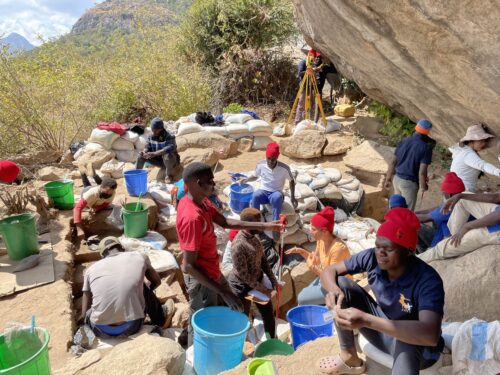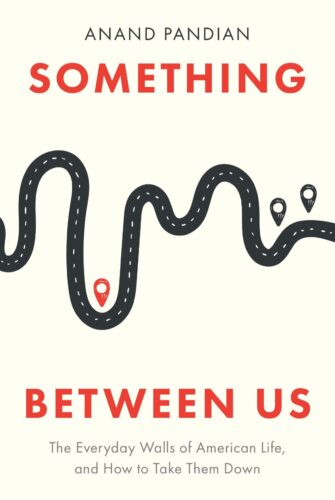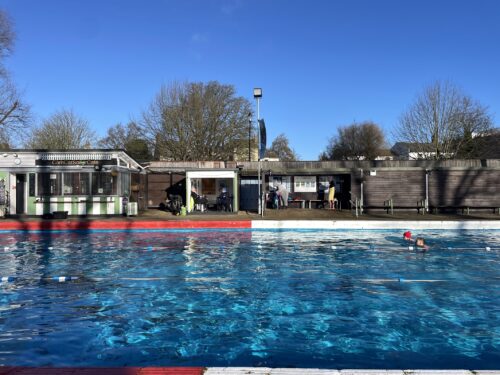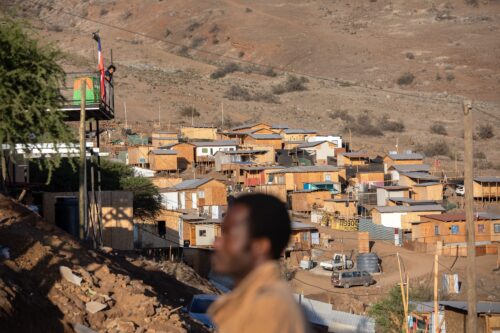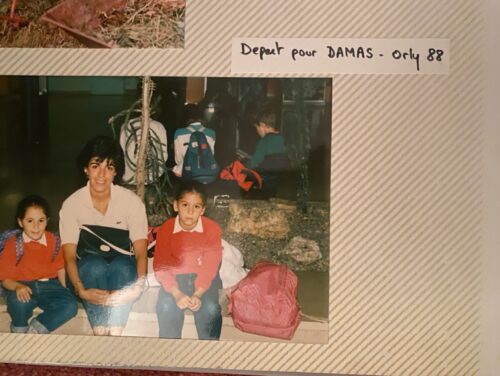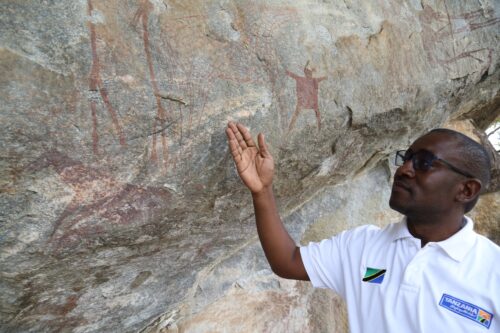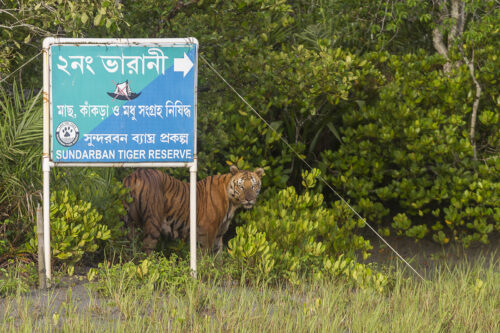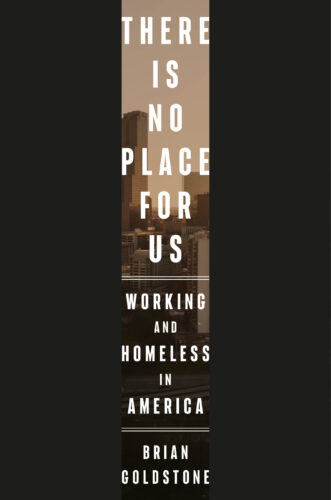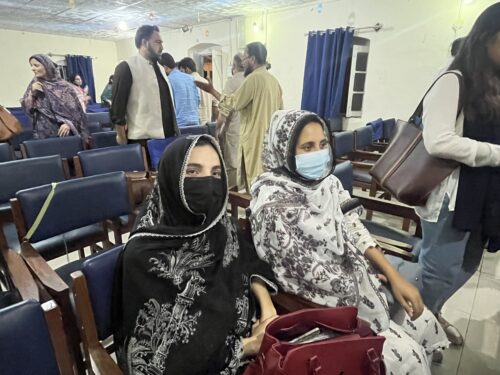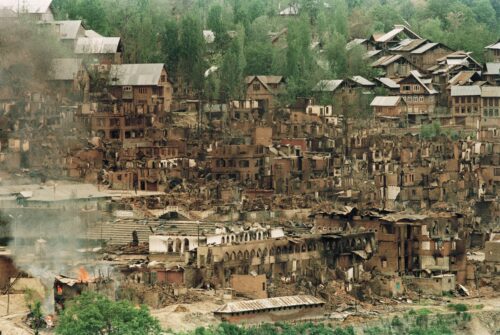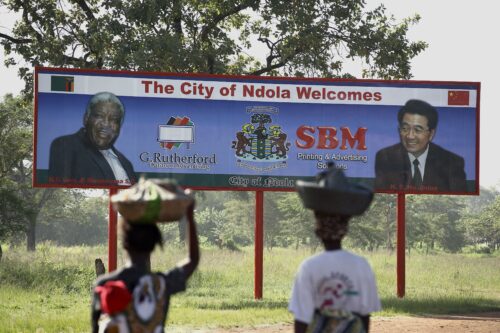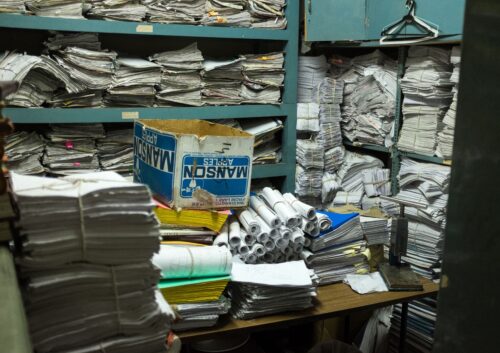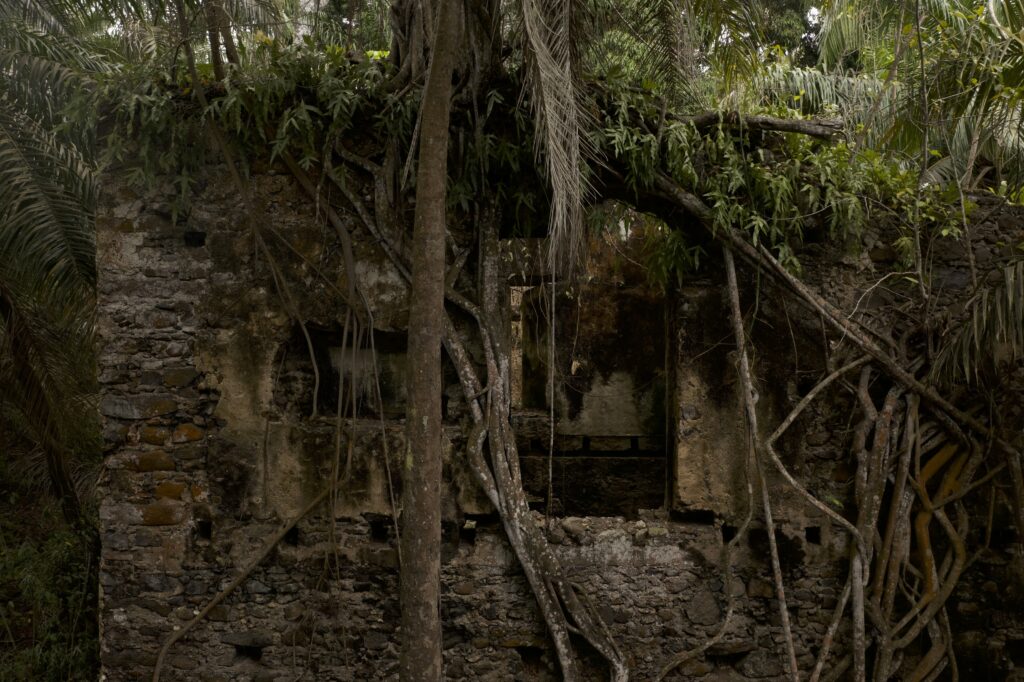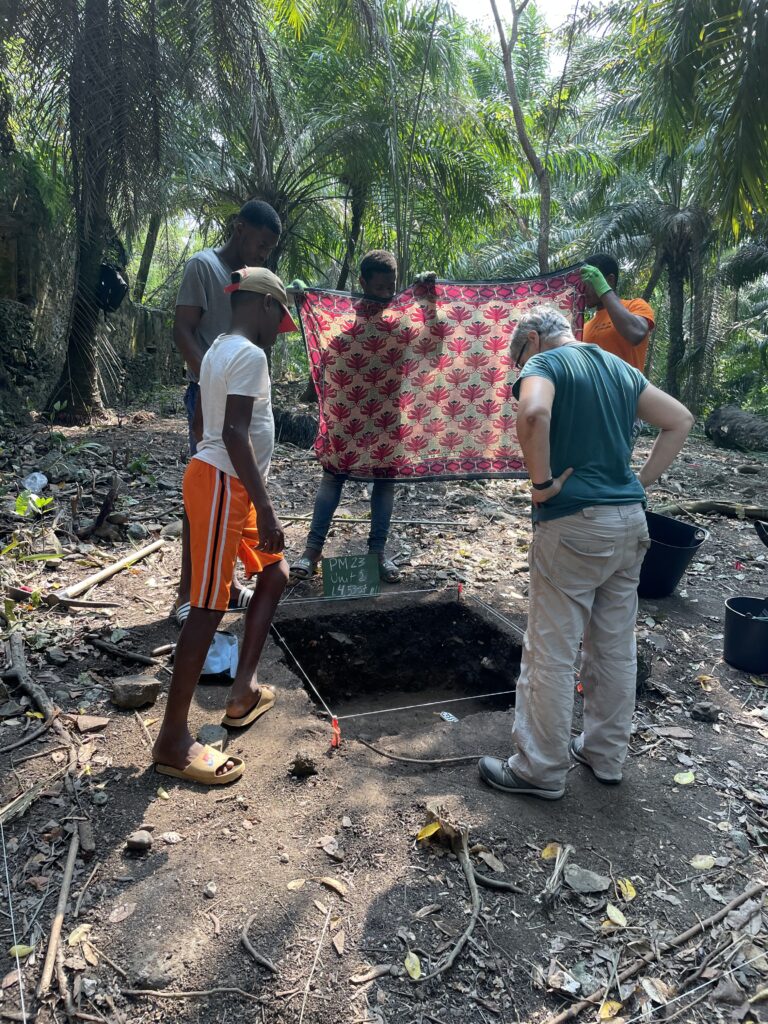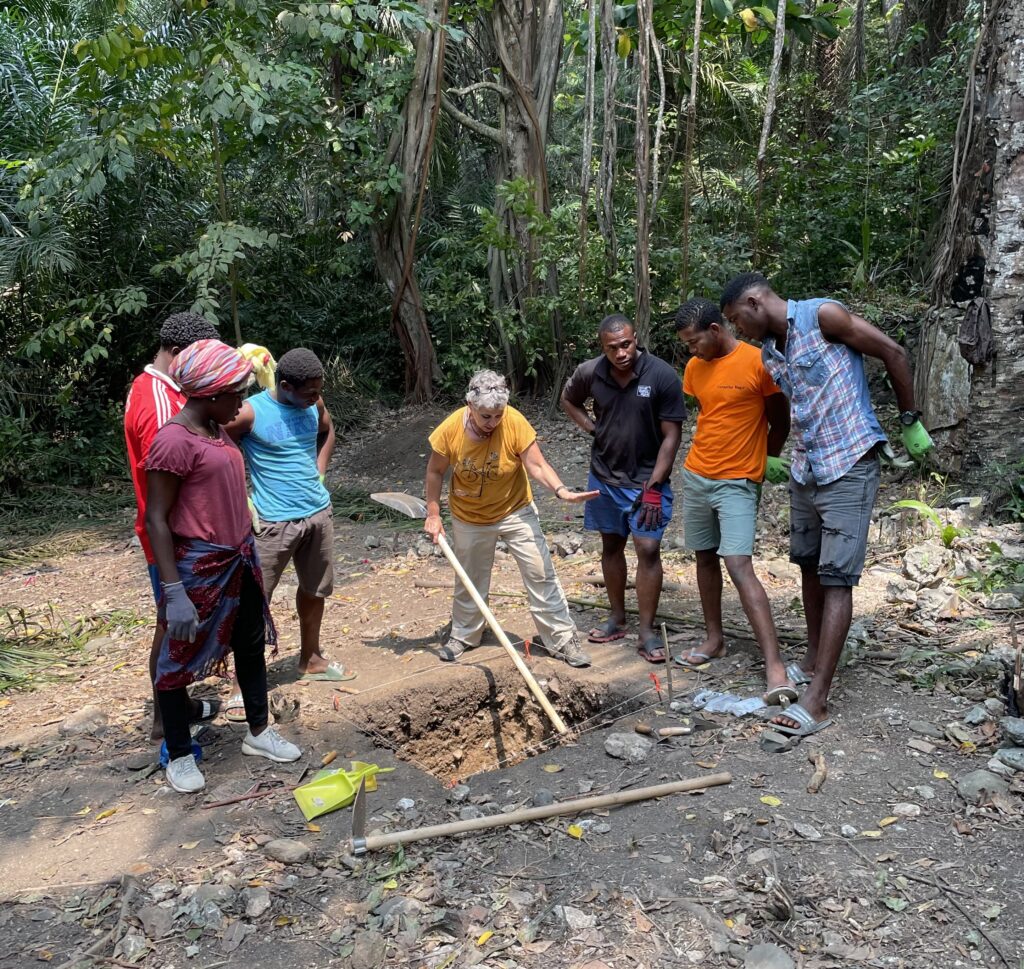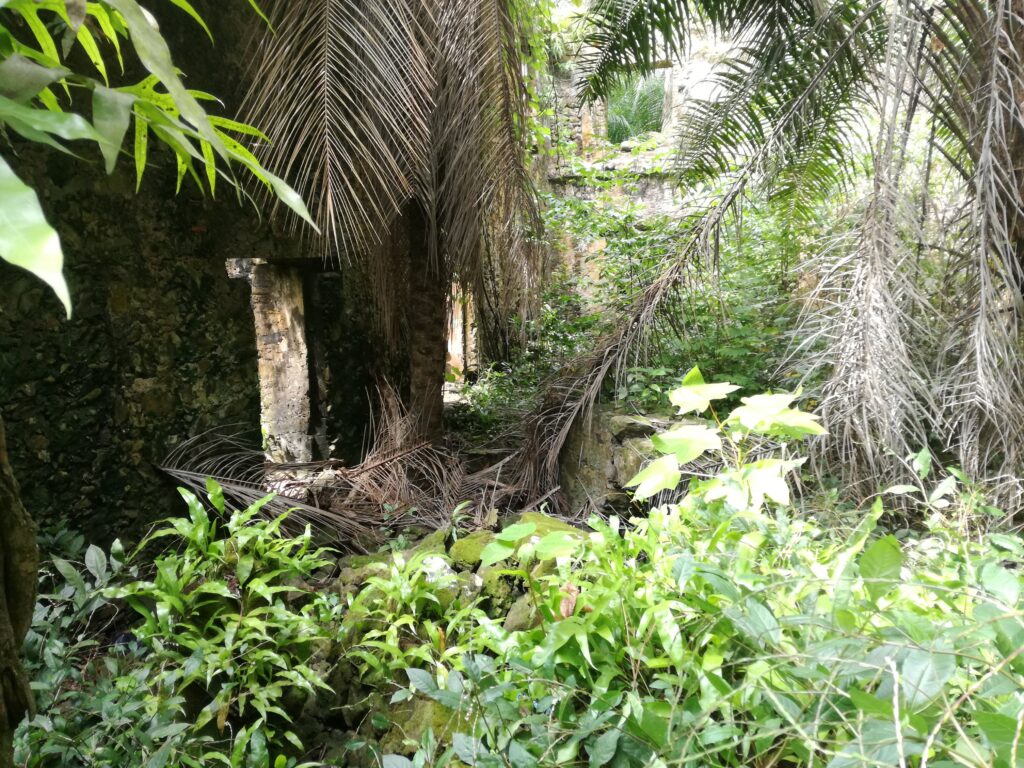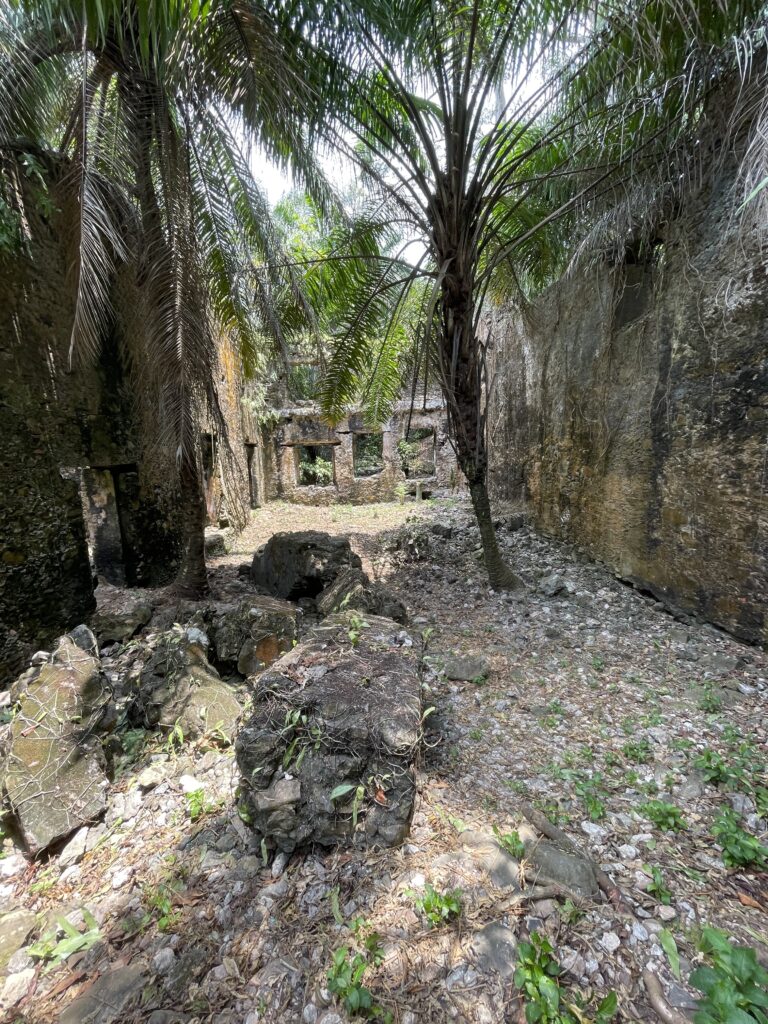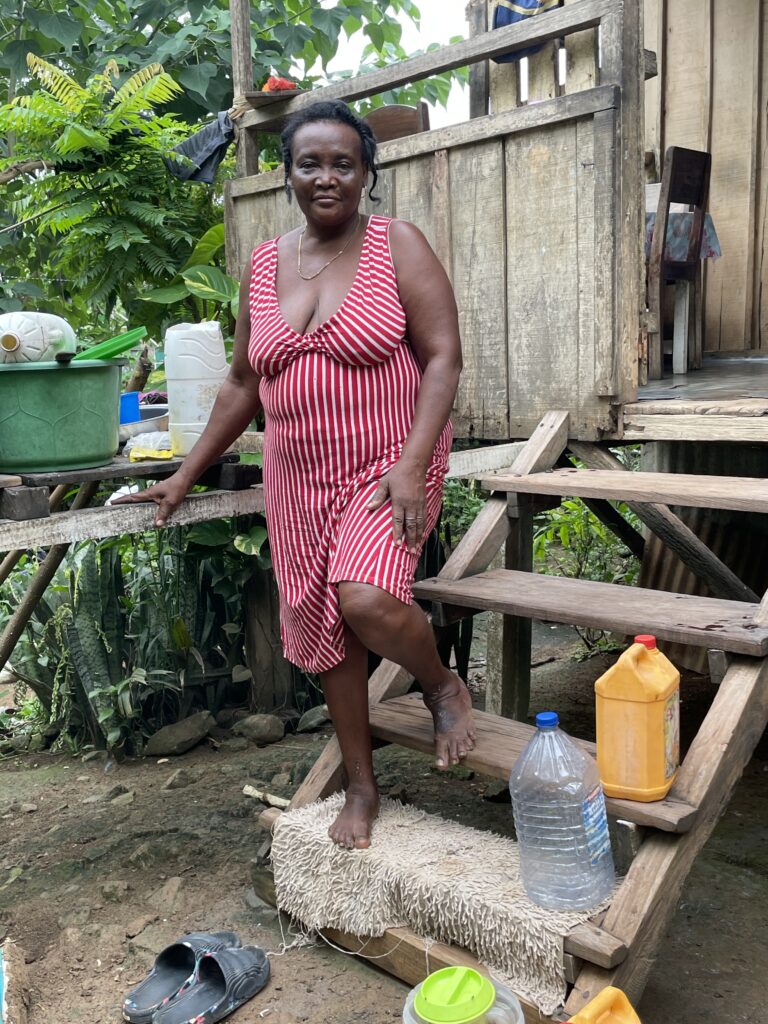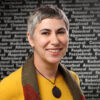Unearthing the Origins of Plantation Slavery on São Tomé
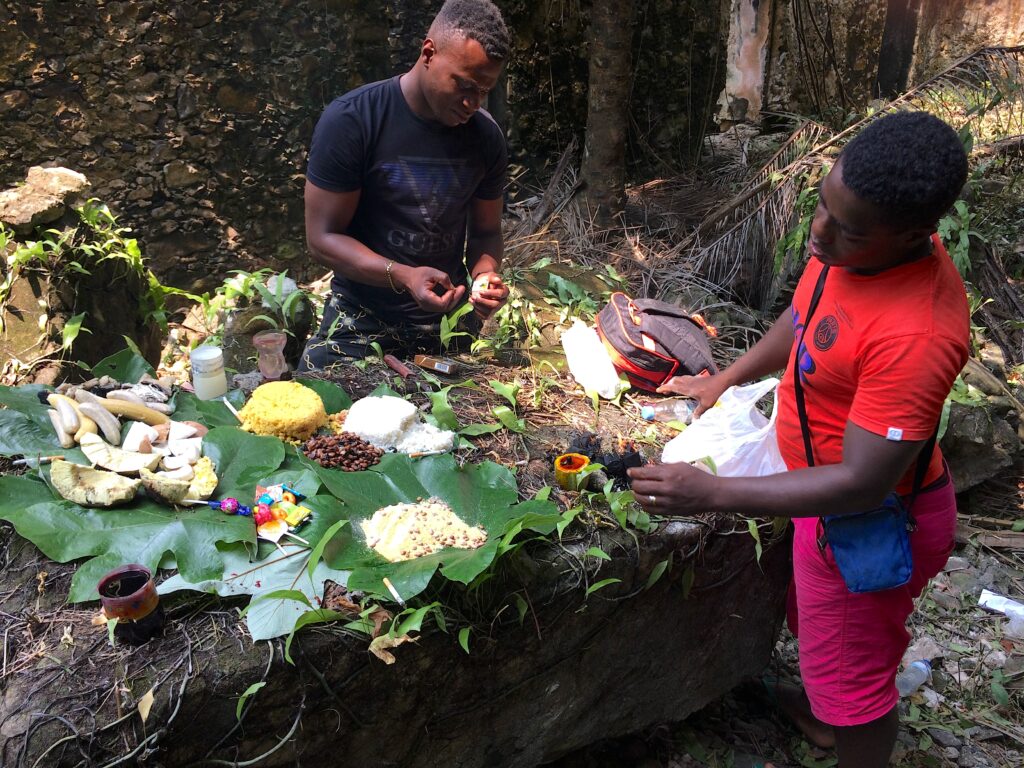
THE FOREST-SHROUDED ESTATE
On an island 300 kilometers west of mainland Africa, in 2020, our small team began down a barely visible path flanked by shoulder-high, shimmering capim grass. Soon the tropical forest thickened. Lush felt like an understatement. There are stories of old men’s staffs taking root and sprouting while their owners chatted.
We were heading to rumored ruins of an engenho—a Portuguese word for sugar mill—on the African island nation of São Tomé e Príncipe. We followed Edsiley Encarnação, the only person from the village who said he knew the place and could “take us there, no problem.”
In choking humidity, Edsiley forged ahead, carving the way with his machete. We did not travel far, but it took time to hack through the tall grass. About 20 minutes later, we reached our destination: Praia Melão, the island’s largest mill and estate from the 16th to 19th centuries.
We found the two-story edifice cloaked by the shadows of towering teak trees and snarled in ferns, palms, and woody liana vines.
No wonder the site was hardly known in the surrounding village that bears the same name, Praia Melão. Vegetation shrouded the building, and those who were aware considered it a place best avoided, a gathering ground for ghosts. Many people had died there. Their spirits do not rest in peace.
The Praia Melão engenho and estate is the first archaeological site identified in São Tomé. Since 2020, one of us (Cruz) has led a group of international and Santomean scholars to investigate the locale—in the process introducing archaeology to a country that has not hosted this kind of work before.
Our research at Praia Melão is of global importance, as it explores the origins of plantation slavery in the 16th century. São Tomé became the first plantation economy in the tropics based on sugar monoculture and enslaved labor, a model exported to the Americas, where it developed and expanded. São Tomé’s role in this devastating and transformational history is largely unknown—some people have never heard of the tiny nation. Our team aims to illuminate the island’s central and brutal place in world history.
ENSLAVED SUGAR MAKERS
São Tomé’s early history was closely linked to Elmina Castle, in today’s Ghana, the first European trading post built in the Gulf of Guinea. Then, São Tomé functioned as an import-export stop for European trade of African gold and enslaved people. By the 1530s, São Tomé emerged as a profitable node in the Portuguese colonial empire, with sugar plantations ringing most of the island’s coastline and its sugar dominating European markets.
Historical documents and maps from the late 16th and early 17th centuries mention Praia Melão, depicting it as the island’s largest estate. Many enslaved mainland Africans and perhaps some Portuguese convicts labored on the plantation.
Our observations of the site have colored in more intimate details. The architectural ruins show the sugar mill and estate house were in a single two-story building about the size of a tennis court.
Adjacent to a water channel, one large room housed hydraulic mills that crushed sugar cane. The captive workers would have then pressed the pulp into syrup. Other production steps, such as boiling the syrup to crystalize the sugar, probably took place in one of the two smaller ground-floor rooms. The owner’s living quarters occupied the upper floor, with windows looking into the work area for surveillance.
During a survey in 2022, we found graffiti on the work area walls that expresses the religious and symbolic worldviews of those who toiled in the mill centuries ago. Our excavations in 2023 focused mainly on the area just outside the ruins, with limited testing inside the building itself.
We uncovered items such as pieces of cone-shaped clay molds used to harden the sugar, which speak to the work that occurred. Other objects, including fragments of African ceramics and a cowrie shell, show the perseverance of cultural traditions among the enslaved workers.
Reconstructing their experiences and Praia Melão’s place in history will take more research. But this can be challenging in a country where no archaeology has been done before.
INTRODUCING ARCHAEOLOGY
The São Tomé central government has no experience with archaeological research or sites. While most African countries have defined guidelines for obtaining research permits and heritage is closely legislated, São Tomé lacks pertinent regulations.
Furthermore, the insidious mindset of colonialism has influenced what is considered “heritage.” In official circles, cultural heritage is equated with Tchiloli—a theater tradition performed with masks, music, and dance. The exoticism of Tchiloli has made it the beneficiary of international funding.
During our 2023 excavation season, a UNESCO team was visiting São Tomé to document and register Tchiloli as intangible heritage. Apssy da Trindade, one of our project team members who is also trained as a local tourist guide, remarked to us rhetorically, “Why don’t we hear about this site, archaeology, and slavery?” Ruins of a sugar mill do not fit the government’s notion of heritage.
Establishing archaeology in São Tomé hinges on individuals in positions of power. During Cruz’s first trip to the country, the Heritage Office’s then-director responded happily when she requested to meet, seeking collaboration and input. They discussed in detail research goals. The director’s longest-serving staff member joined the 2022 survey as a research assistant and has remained a valuable collaborator.
But political appointees pervade the Heritage Office. After a recent election, all decision-makers have been replaced, curtailing program continuity and professional development among staff.
Community engagement and participation also proved difficult. Local involvement was integral to our research plans and core values. The people living around the site are mainly Angolares. Likely descendants of Maroon communities that resisted enslavement and lived isolated for more than three centuries, they continue suffering discrimination and disadvantage in São Tomé.
But decision-makers doubted the local residents would care about the work. They explicitly prohibited our project from doing community outreach without the political establishment’s direct approval, which has yet to materialize. During an early meeting, a high-level government official stated dismissively that people in the country had no interest in historic heritage.
MAKING ARCHAEOLOGY LAST LOCALLY
Contrary to that official’s views, we found that many locals craved knowledge about their ancestors’ history and heritage. When talk of our project spread organically, Santomeans and visitors wanted to contribute.
A young bar owner tried to arrange a meeting with politicians using his social network. The owner of a construction company donated wood and had his carpenter make screens for the field school. A local surveyor discounted his fee to map the site. A German photographer made a drone video. The district mayor brought the engenho’s preservation to the attention of Parliament. A Santomean news crew working for a Portuguese channel visited to interview members of our excavation team. Children from neighboring houses eagerly carried buckets of soil and helped screen. The list goes on.
The obstacles presented by public officials and elites forced the research team to pursue alternative avenues for community participation and collaboration. We hired two local young men to work on the excavation and subsequent site stewardship. They are slowly building a network, which we hope will broaden inclusion.
For now, curious Santomeans, the site neighbors, and young people who walk to the river have engaged with our team. The district mayor is committed to establishing dialogue with the central government. Pamphlets, conversations, and radio interviews seem to be forging awareness of who we are and what we are doing.
In 2023, four local university students joined our field school and remained involved. One is pursuing a fellowship in Portugal. Another will write a senior thesis connected to the work. Going forward, these Santomeans can do outreach in the Praia Melão village and in communities throughout São Tomé where archaeological sites have yet to be identified.
Most significantly, one of our local team members was able to gain employment doing archaeological fieldwork for a Portuguese cultural resource management company. We look forward to a future in which Santomean archaeologists take over the work of unearthing their past.
UNSHROUDING THE PLACE BEST AVOIDED
Introducing archaeology in a context where people are unfamiliar with it requires patience and ongoing effort and negotiation. But we catch glimpses of how our work will lift the curtain on hidden aspects of the country’s history.
This past July, Dona Didi, Edsiley’s mother, visited the site while we were clearing the interior of the workroom with students. She entered gingerly, not daring to walk the full length of the room, barely 20 meters long. Having lived about 150 meters away all her life, she remarked, “I am 60 years old, and this is the first time I enter this place. We were always afraid.”
Our work at Praia Melão will succeed not simply by unearthing the forgotten traces of one of the world’s earliest plantations. We are also seeking to build an informed, empowered local consensus about heritage preservation that will carry forward as Santomeans use archaeology to understand and celebrate the country’s rich, complex history.
The island’s prominence was short lived. It subsided before the start of the 17th century due to the poor quality of its sugar, the dominance of Brazilian sugar, and local events—particularly extensive insurrections by enslaved Africans. The resulting political instability and destruction of mills led most white landowners to move to Brazil, taking with them technology, equipment, and financing. Nevertheless, the island had a foundational role in the creation of the plantation slavery model that came to define the Atlantic world for generations.
The dense forest engulfing the eerie ruins and the belief in troubled ancestors have hidden the site from destructive designs and curious eyes, but also from the knowledge of Santomeans. It is time to make the Praia Melão engenho known to neighbors and the wider world.

